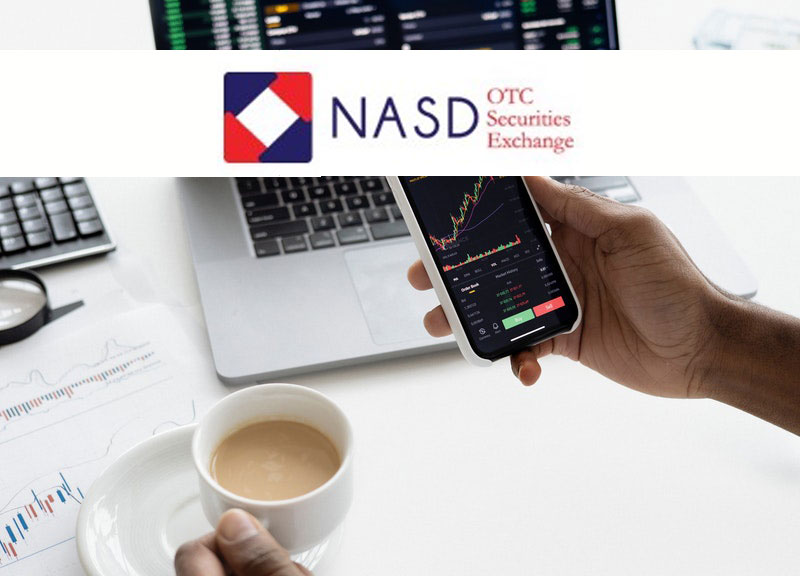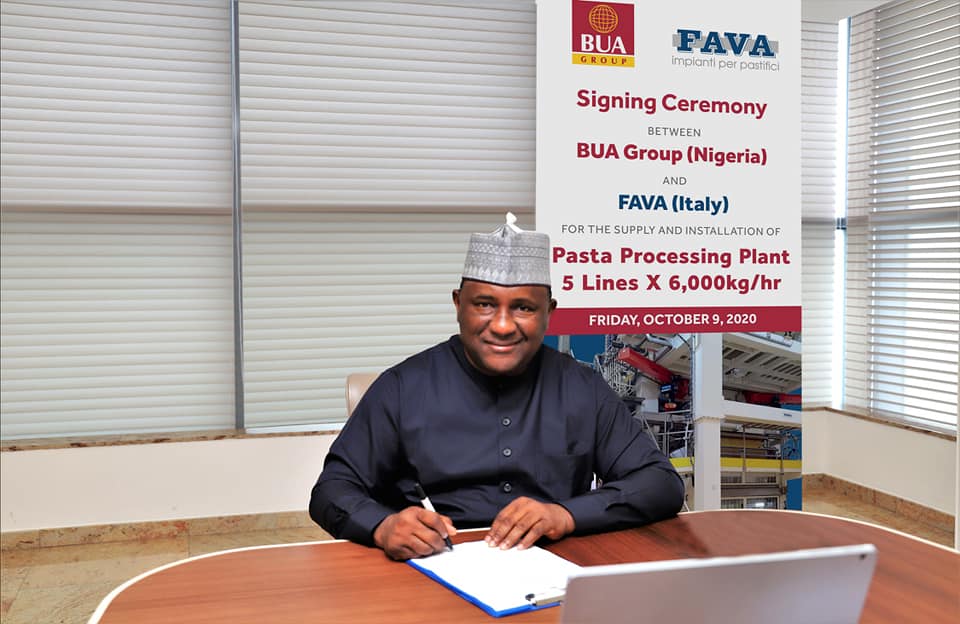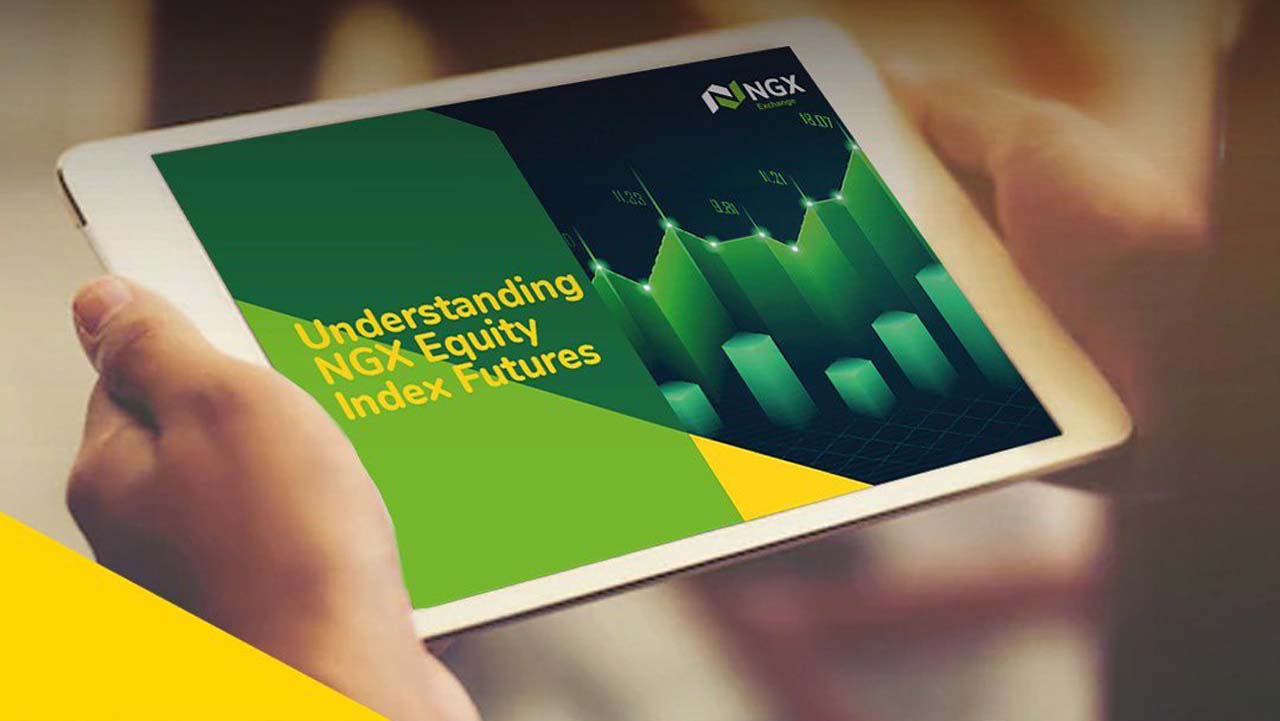By FSDH Research
There are investment opportunities in the Federal Government of Nigeria Savings Bonds (FGNSB) as they offer attractive returns and low investment risk for low income earners.
The FGN introduced the FGNSB in March 2017 to provide an avenue for the low income earners to invest their money to earn consistently good return over time.
The FGNSB is also an initiative of the FGN to encourage savings among Nigerians, while it accesses capital for long-term projects. The FGNSB is open for subscription to the investing public on the first week of each month. The minimum investment in the Bond is N5,000 while the maximum investment is N50 million.
Investors can either invest in the two or three years FGNSB. The interest rate (coupon) on the three-year tenor is usually higher than that of the two-year tenor.
The average interest rate on the two-year tenor between March and November 2017 was 13.01 percent. The average interest rate on the three-year tenor between April (when it was introduced) and November 2017 was 14.01 percent.
The FGN pays the interest on the Bond on a quarterly basis. This means that an investor who invests N100,000 in the Bond, with an interest rate of 14.82 percent, will earn N3,705 every three months throughout the life of the Bond.
The interest on the Bond is higher than what investors can earn on their savings account in the Nigerian Banks and it is exempted from all forms of taxes. This makes it more attractive as an investment option than a savings account.
Investors can trade the Bond on The Nigerian Stock Exchange (NSE) if they need money before maturity.
Investors buy and sell the Bonds through their Stockbroking firms anywhere in the country. Investment in the FGNSB can also be used as a collateral to borrow money in any financial institution in Nigeria.
FSDH Research believes investing in the FGNSB is a good avenue for low income earners to build wealth over a long period of time.
Our illustration shows that an investment of N100,000 in the FGNSB can easily grow to N1,921,863.20 in 25 years. This is possible if the interest earned and the maturing principal are reinvested at an interest rate of 12 percent annually, payable every quarter.






















